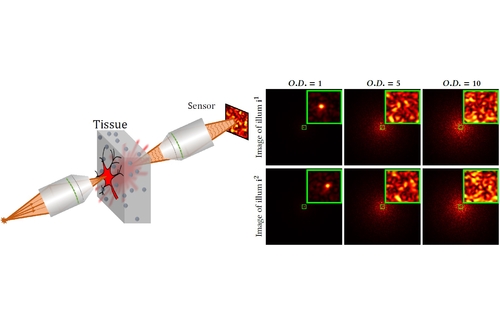Pre-recorded Sessions: From 4 December 2020 | Live Sessions: 10 – 13 December 2020
4 – 13 December 2020
Pre-recorded Sessions: From 4 December 2020 | Live Sessions: 10 – 13 December 2020
4 – 13 December 2020
#SIGGRAPHAsia | #SIGGRAPHAsia2020
#SIGGRAPHAsia | #SIGGRAPHAsia2020











Date/Time:
04 – 13 December 2020
All presentations are available in the virtual platform on-demand.
Lecturer(s):
Chen Bar, Technion – Israel Institute of Technology, Israel
Ioannis Gkioulekas, Carnegie Mellon University, United States of America
Anat Levin, Technion – Israel Institute of Technology, Israel
Bio:
Description: We introduce rendering algorithms for the simulation of speckle statistics observed in scattering media under coherent near-field imaging conditions. Our work is motivated by the recent proliferation of techniques that use speckle correlations for tissue imaging applications: The ability to simulate the image measurements used by these speckle imaging techniques in a physically-accurate and computationally-efficient way can facilitate the widespread adoption and improvement of these techniques. To this end, we draw inspiration from recently-introduced Monte Carlo algorithms for rendering speckle statistics under far-field conditions (collimated sensor and illumination). We derive variants of these algorithms that are better suited to the near-field conditions (focused sensor and illumination) required by tissue imaging applications. Our approach is based on using Gaussian apodization to approximate the sensor and illumination aperture, as well as von-Mises Fisher functions to approximate the phase function of the scattering material. We show that these approximations allow us to derive closed-form expressions for the focusing operations involved in simulating near-field speckle patterns. As we demonstrate in our experiments, these approximations accelerate speckle rendering simulations by a few orders of magnitude compared to previous techniques, at the cost of negligible bias. We validate the accuracy of our algorithms by reproducing ground truth speckle statistics simulated using wave-optics solvers, and real-material measurements available in the literature. Finally, we use our algorithms to simulate biomedical imaging techniques for focusing through tissue.
